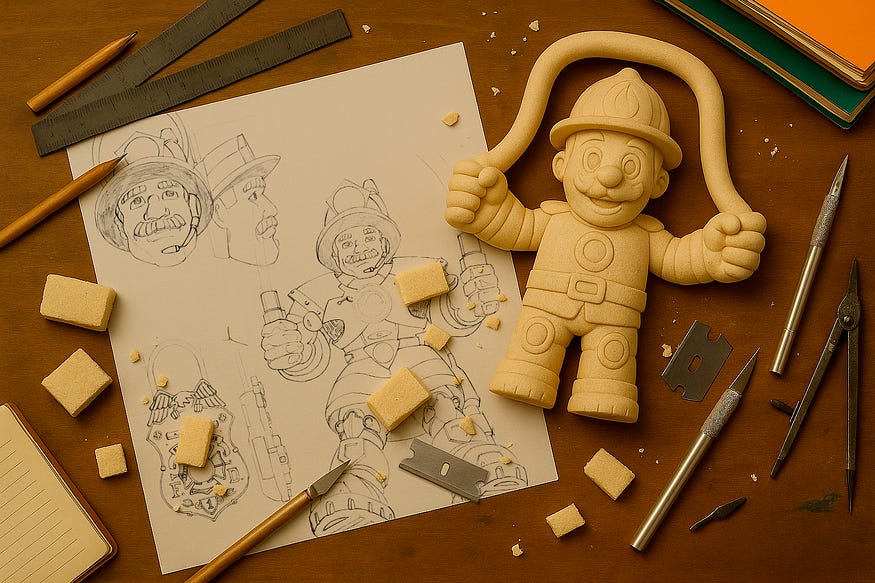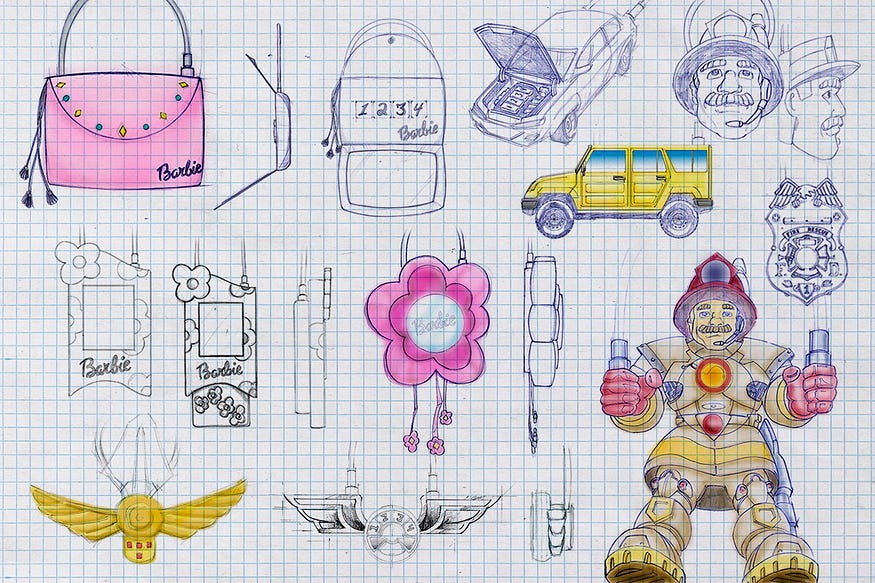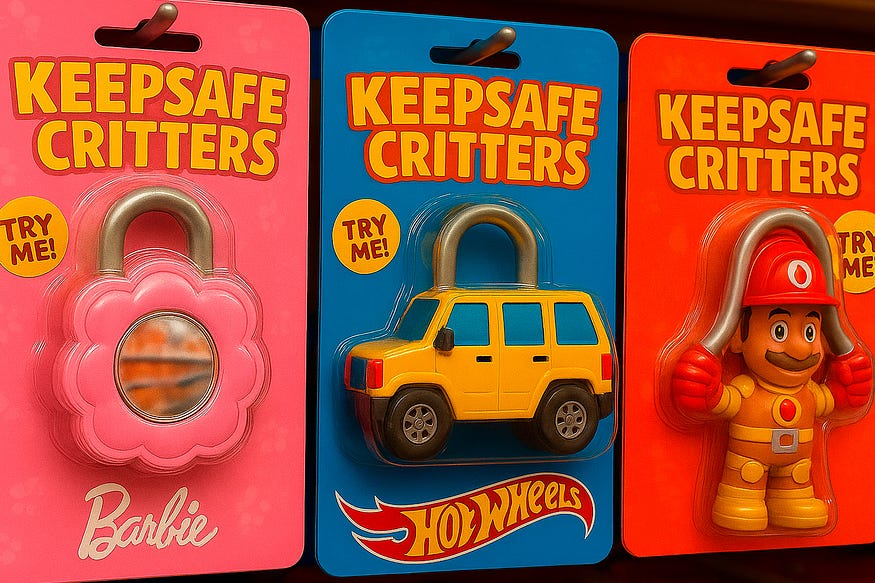
How Licensing Taught Me to Prototype for the Pitch
Designing Keepsafe Critters for the Brands Kids Already Love
I had a patentable idea — but wasn’t foolish enough to think it would stand on its own.
This product needed something bigger.
A world. A brand. A story that kids already trust.
After building out the core concept of Keepsafe Critters, I realized the design had more potential than just a single lion lock. If I could expand the character lineup and make the concept flexible enough, it could become a licensing platform — something that adapted to established IP and retail needs.
So I retooled the idea.
Not just for the shelf…
But for the pitch.

Think Beyond the Product. Think Platform.
Instead of a single SKU, I asked:
- What if this was a format — a lock platform kids could personalize?
- What if a Critter could become a brand mascot? A collectible?
- What if kids could swap faces or change concepts based on their mood?
The insight was this: kids don’t just want function.
They want identity. Familiarity. Humor. Aspirational design.
And toy companies don’t just want cute ideas — they want extendable ecosystems.
So I prototyped versions that could live inside those worlds — tailored for the brand, the shelf, and the kid holding it.

Prototyping for the Brand Behind the Brand
To succeed in licensing, you need to show more than aesthetic alignment.
You need to think in that brand’s world — their tone, functionality, user base, and values.
So I imagined how Keepsafe Critters could morph:
- A Hot Wheels lock that revs up and reveals a combo under the hood
- A Barbie lock with a mirror and hidden keypad
- A Rescue Hero that looks like a toy but acts like a lock
All rooted in the core functionality: feedback-based interaction, sound/light response, and emotional engagement.

Today’s Lesson: Pitch the Vision, Not the Sketch
This part of the process taught me that good licensing pitches don’t just show product design — they show brand alignment.
They remove the guesswork. They reduce the burden of imagination for the execs across the table.
I didn’t just design a toy.
I built a case for why my product belonged in their world.
It was my first real lesson in how product storytelling and licensing strategy go hand-in-hand.

